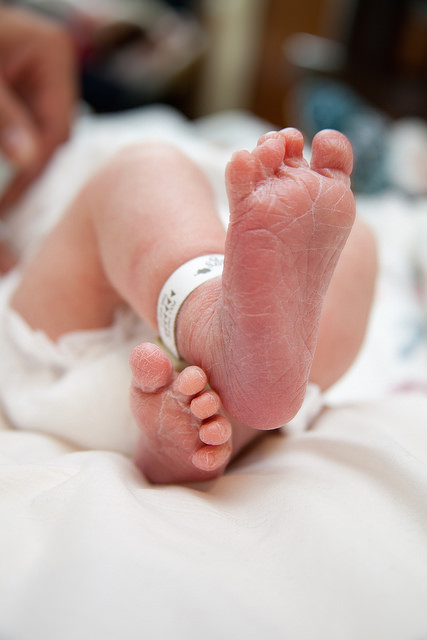CGS-authored

WHEN CHINESE scientist He Jiankui announced last November his experiments making heritable genetic changes in human embryos followed by live births of twins, alarms went off. What shocked many scientists and others was how Mr. He used new technology for gene editing without serious oversight or transparency, amid grave questions about the medical rationale and potential future damage. One good thing came out of this: Mr. He spurred a more deliberate, international effort to answer the hard questions. Now that effort must lead to stricter regulation.
The world is at an inflection point not unlike that which gave rise to the Asilomar Conference on Recombinant DNA in February 1975. That conference considered biohazards and published guidelines on what was then an emerging biotechnology field; these guidelines helped steer significant research for decades. Something of similar scope and power is needed for germline editing of genes in human embryos, sperm and eggs that can create changes to be passed through future generations. The technology of the method CRISPR-Cas9, in which genetic material can be edited quickly and cheaply, was used...



